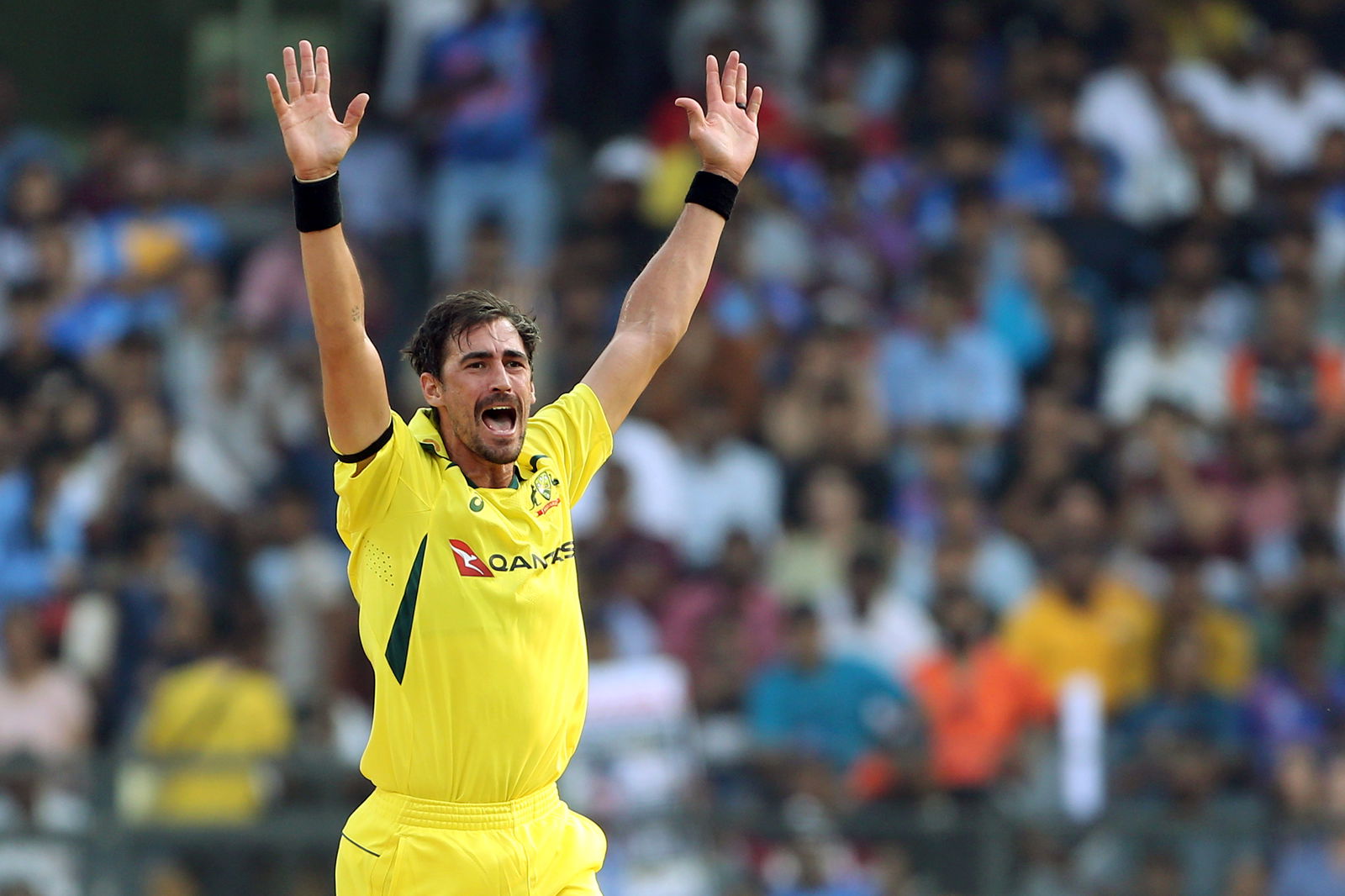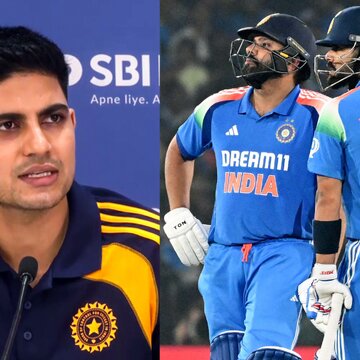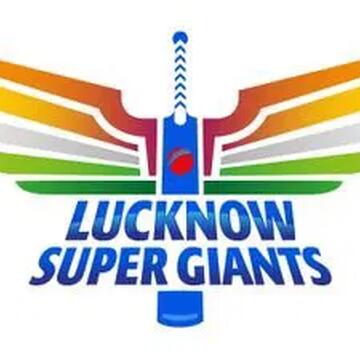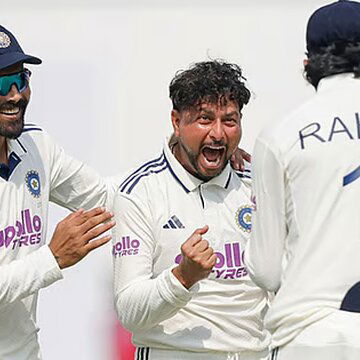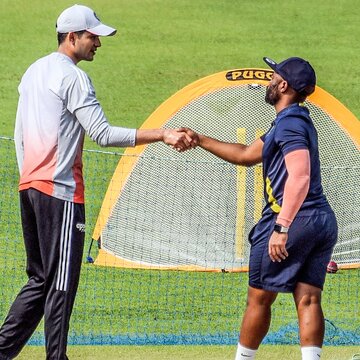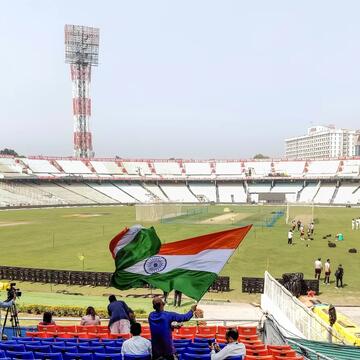During the first ODI between India and Australia in Perth, Mitchell Starc’s first ball to Rohit Sharma clocked a staggering 176.5 km/h on the broadcast speed-gun. If accurate, this would have broken the long-standing record of 161.3 km/h set by Shoaib Akhtar in 2003. The reading instantly led to a mix of suspicion and wonder across cricketing circles.
According to OneIndia.com, broadcast graphics exhibited Starc’s delivery at 176.5 km/h. It is a phenomenal speed for a cricket delivery. The moment led to an online craze, with fans assuming whether Starc had bowled the fastest ball in international cricket history.
Multiple media outlets claimed that the speed-gun reading was actually a malfunction. The verified follow-ups disclosed the true speed of that delivery was closer to 140.8 km/h. It is a formidible pace but nowhere near the original 176.5 km/h figure. The disparity raised questions about equipment precision and live broadcasting protocols.
Match situation and aftermath
Starc’s spell was aggressive and effective. India’s top order sputtered, with Virat Kohli dismissed for a duck and Rohit Sharma losing his precious wicket after scoring just 8 runs. Starc’s pace and bounce distressed the batters. The Aussie bowlers were the backbone behind setting the tone for the team’s commanding rendition.
Broader implications
This incident emphasises how technology, live visuals and statistics form perceptions in modern sport. A deceitful figure resulted in more commotion than the on-field feat itself. It highlighted how audiences may conflate numbers with achievement. This episode is a reminder of the significance of confirmation and prudent presentation of speed metrics.
While Mitchell Starc’s “176.5 km/h” delivery turned heads and trended widely. The truth is more grounded where an equipment glitch boosted the number. That doesn’t lessen the quality of his bowling in the match, but it resuscitates perspective about records, technology and publicity in cricket’s fast-paced world.


